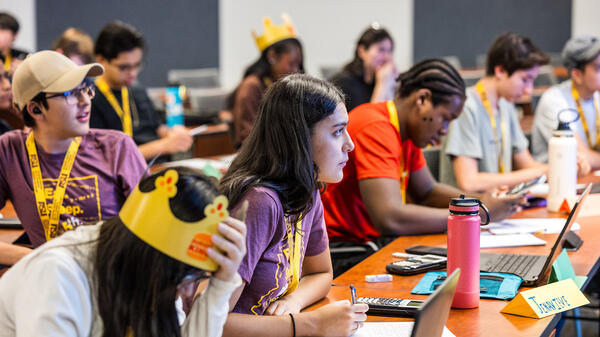ASU center, PARC create world's largest flexible X-ray detector made with thin film transistors
The Flexible Electronics and Display Center (FEDC) at Arizona State University and PARC, a Xerox company, announced today that they have successfully manufactured the world's largest flexible X-ray detector prototypes using advanced thin film transistors.
Measuring 10 diagonal inches, the device has been jointly developed at the ASU center and PARC in conjunction with the Army Research Lab and the Defense Threat Reduction Agency. The device will be used to advance the development of flexible X-ray detectors for use in thin, lightweight, conformable and highly rugged devices.
“This achievement is a fantastic example of how academia, industry and government can collaborate to advance key technologies and national priorities,” said Sethuraman “Panch” Panchanathan, senior vice president for Knowledge Enterprise Development at ASU. “Flexible electronics hold tremendous potential to accelerate our global competitiveness in the area of advanced manufacturing by partnering with federal agencies and industry leaders."
The thin film transistor and PIN diode processing was done on the 470- by 370-mm Gen II line at the Flexible Electronics and Display Center. This device showcases the center's successful scale up to GEN II, and the ability to produce sensors and displays using thin film transistors in standard process flows with the center’s proprietary bond/de-bond technology. These detectors are unique in that they showcase both of the flexible substrates the center uses to make devices. Some of the new detectors are on polyethylene naphthalate and some are on polyimide.
“This success came from a rewarding collaboration that combines FEDC’s flexible array fabrication technology and PARC’s experience with digital X-ray systems,” said Bob Street, PARC Senior Research Fellow.
The system design and integration was done at PARC. The flexible X-ray sensor was coupled to a tablet device for control and image viewing. This system shows PARC’s capability to build user-defined prototype systems incorporating novel device physics, materials and technology. PARC has extensive experience in building large-area electronic systems, display and backplane prototypes, and organic and printed electronics.
ASU media contact: Judy Keane, judy.keane@asu.edu
More Science and technology

Newly accredited ASU summer program opens up STEM opportunities for underrepresented students
It was Monday afternoon. Spotify was playing pop music in the background and the instructor stood behind a lectern wearing a…

ASU scientist part of NASA DYNAMIC mission proposal team to study space weather
A joint proposal from a team of institutions including Arizona State University has been selected for concept studies for NASA’s…

Professor emeritus strives to save lives on nation’s roadways
Norma Faris Hubele retired from Arizona State University in 2006 after more than two decades teaching statistics and…